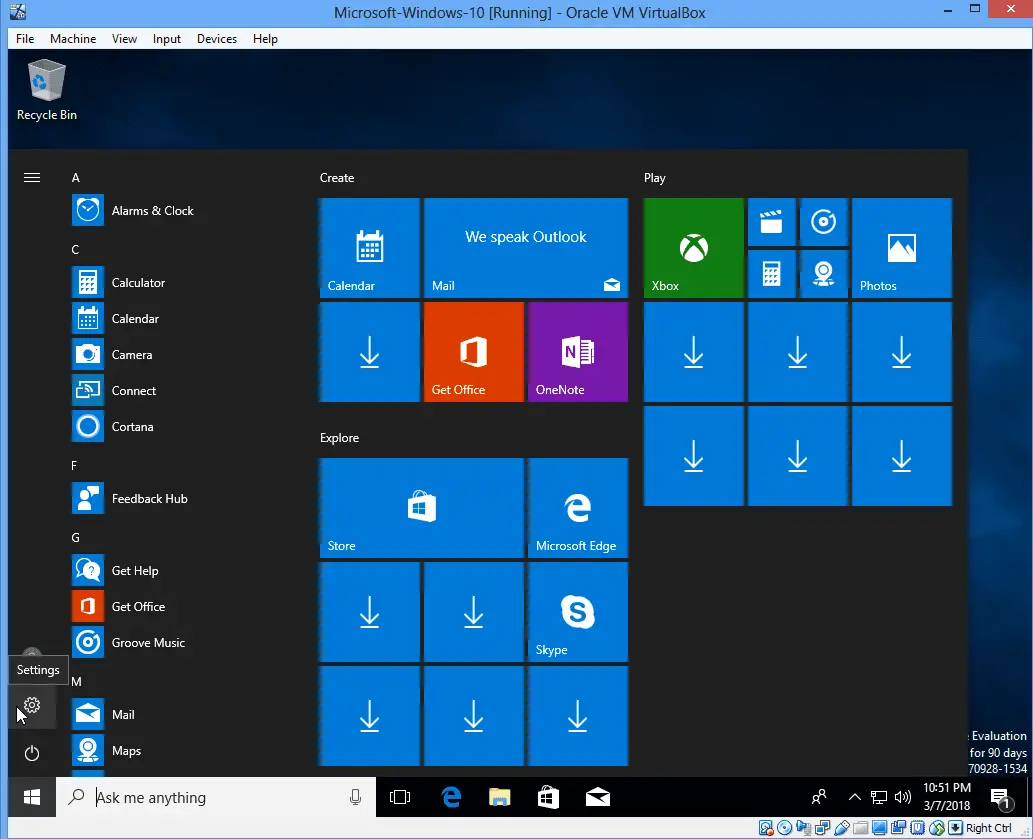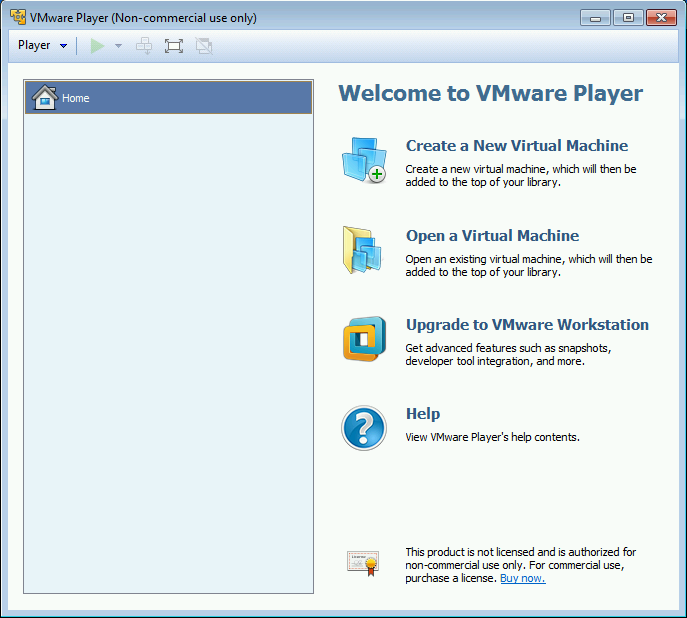

Like a Docker container, a virtual machine encapsulates an entire OS. But what makes VMs important? A virtual machine isolates an OS and its applications from the underlying physical hardware. Now that you have Hyper-V installed on your Windows 10 machine, you’re ready to create your first virtual machine. Viewing Hyper-V Manager Window Creating Your First Hyper-V Windows 10 Virtual Machine

Learn multiple ways to enable the Hyper-V role on your host machine. You can enable Hyper-V on your host machine. Now that you have all of the prerequisites out of the way. A CPU processor supported by Intel Mode Extension or AMD-V virtualization extensions.A minimum of 4GB of RAM – This tutorial allocates 8GB of RAM for the VM.Sufficient storage space on your host machine for the VM and its OS – This tutorial allocates 50GB of storage.An ISO file of the OS to install, and a product key, if one is required – This tutorial uses a Window Server 2019 ISO file, but you can use other ISO as well.Note that the Hyper-V feature requires Windows 10 Enterprise, Pro, or Education edition. A host machine running Windows 10 with Hyper-V capabilities – This tutorial uses Windows 10 21H1 as the host machine.Since you will be creating a virtual machine, you will need to have a few things in place to follow along:

Ready? Read on to manage VMs like a pro! Prerequisites In this tutorial, you’ll learn how to create and manage Hyper-V virtual machines(VM) to get the most out of them with some of the best practices. Not seeing the video? Make sure your ad blocker is disabled.


 0 kommentar(er)
0 kommentar(er)
